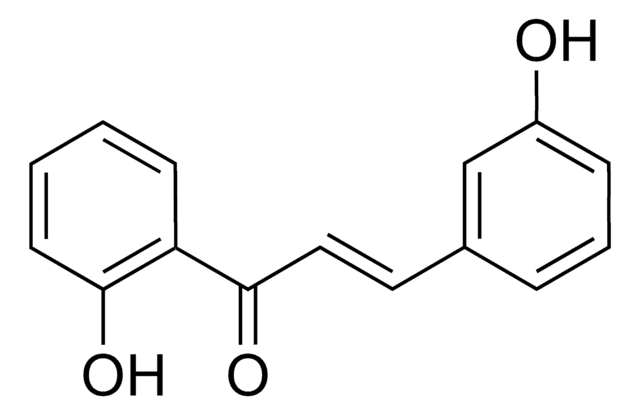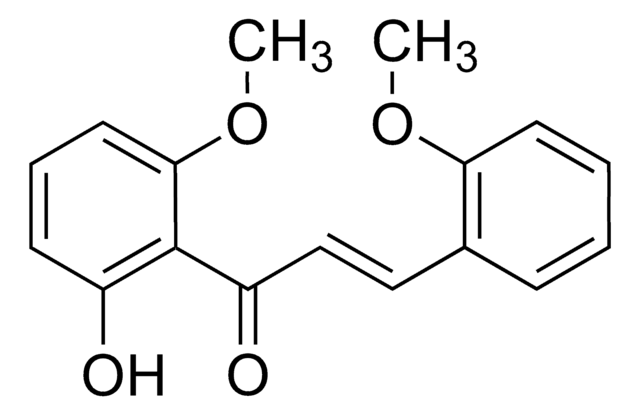MABE286
Anti-Replication Protein A Antibody, clone RPA34-19
clone RPA34-19, from mouse
Synonym(s):
Replication protein A 32 kDa subunit, RP-A p32, Replication factor A protein 2, RF-A protein 2, Replication protein A 34 kDa subunit, RP-A p34
About This Item
biological source
mouse
Quality Level
antibody form
purified antibody
antibody product type
primary antibodies
clone
RPA34-19, monoclonal
species reactivity
human
technique(s)
immunocytochemistry: suitable
immunohistochemistry: suitable
western blot: suitable
isotype
IgG1κ
NCBI accession no.
UniProt accession no.
1 of 4
This Item | IDF00047 | IDF00101 | IDF00103 |
|---|---|---|---|
| form solid | form solid | form solid | form solid |
General description
Immunogen
Application
Immunohistochemistry Analysis: A 1:5 dilution from a representative lot detected Replication Protein A in human placental chorionic villi and in human colorectal adenocarcinoma tissue.
Epigenetics & Nuclear Function
Cell Cycle, DNA Replication & Repair
Quality
Western Blot Analysis: A 1:2,000 dilution of this antibody detected Replication Protein A in 10 µg of HeLa cell lysate.
Target description
Physical form
Storage and Stability
Analysis Note
HeLa cell lysate
Disclaimer
Not finding the right product?
Try our Product Selector Tool.
Storage Class
12 - Non Combustible Liquids
wgk_germany
WGK 1
flash_point_f
Not applicable
flash_point_c
Not applicable
Certificates of Analysis (COA)
Search for Certificates of Analysis (COA) by entering the products Lot/Batch Number. Lot and Batch Numbers can be found on a product’s label following the words ‘Lot’ or ‘Batch’.
Already Own This Product?
Find documentation for the products that you have recently purchased in the Document Library.
Articles
Determination of L- and D-Lactic Acid Enantiomers by HPLC-MS-MS
Protocols
Rapid, simple, reproducible chiral separation and quantification of L- and D-lactic acid enantiomers using Supelco’s Astec CHIROBIOTIC® R chiral column and tandem MS.
Separation of L-(+)-Lactic acid, analytical standard; D-(−)-Lactic acid, 93-107%
Related Content
Astec CHIROBIOTIC™ R Chiral HPLC Columns offered by our company. CHIROBIOTIC R is a new introduction into the series of HPLC phases utilizing macrocyclic glycopeptides as chiral selectors.
Our team of scientists has experience in all areas of research including Life Science, Material Science, Chemical Synthesis, Chromatography, Analytical and many others.
Contact Technical Service


